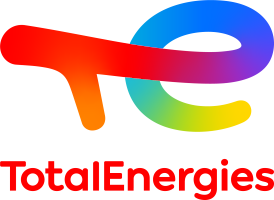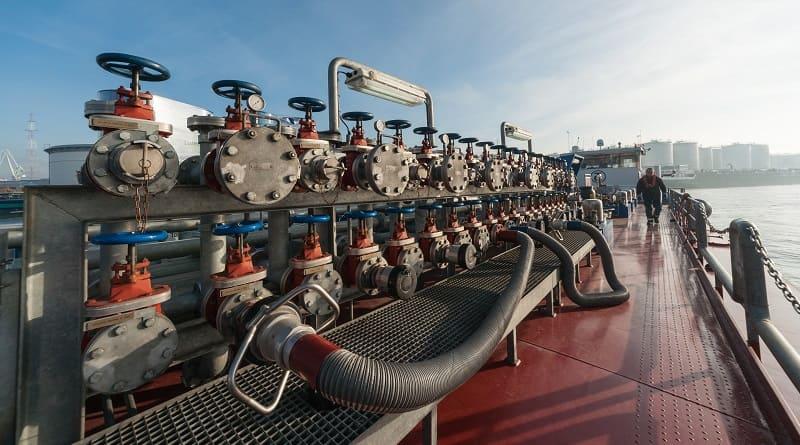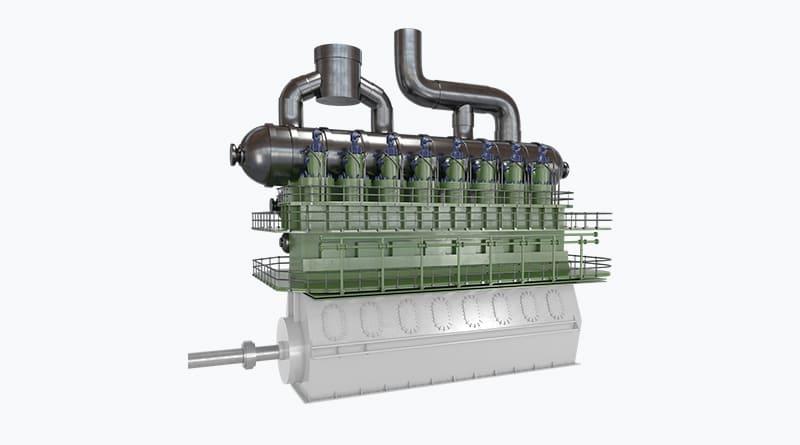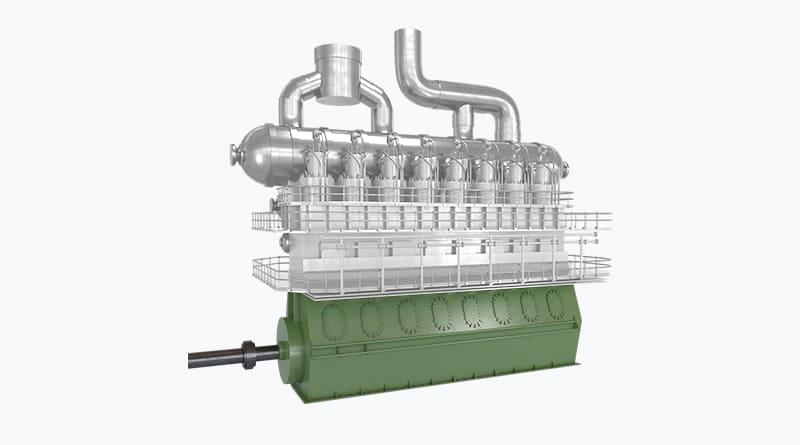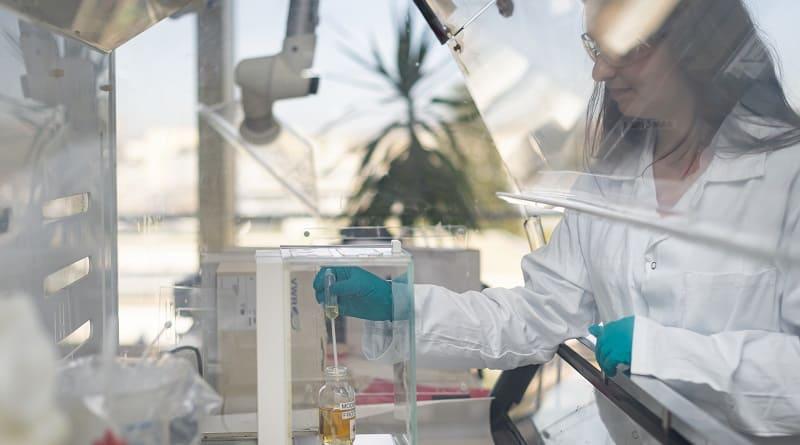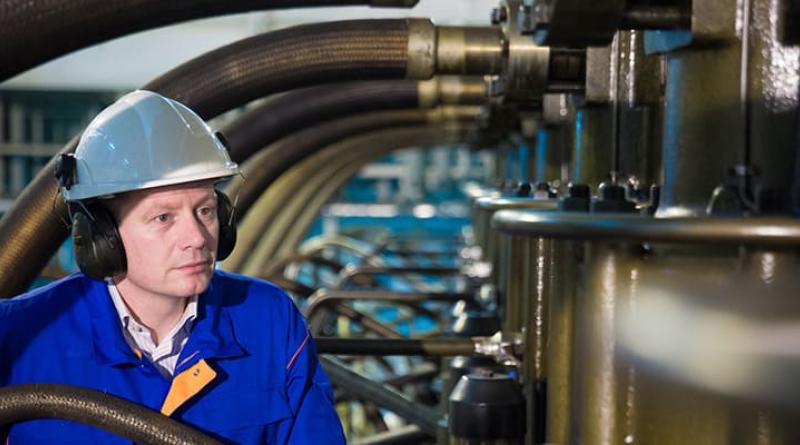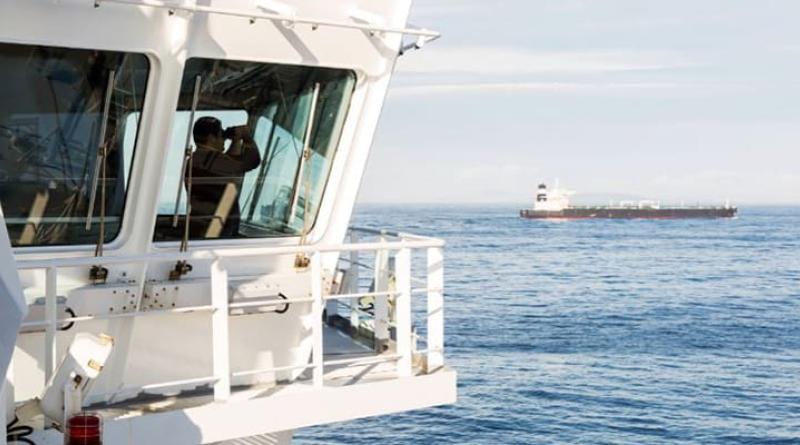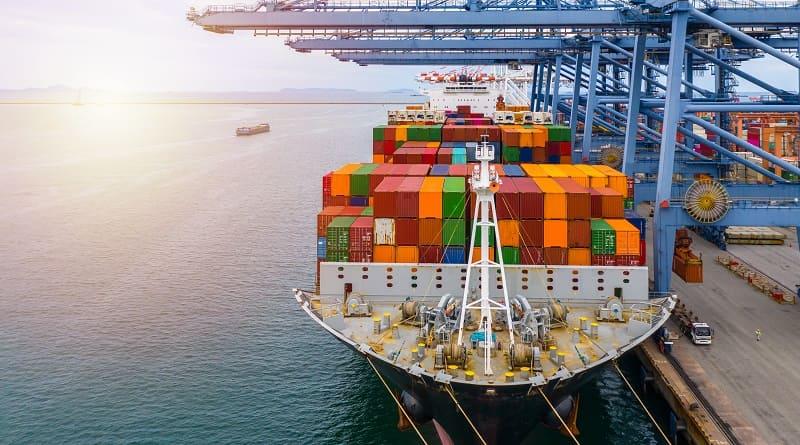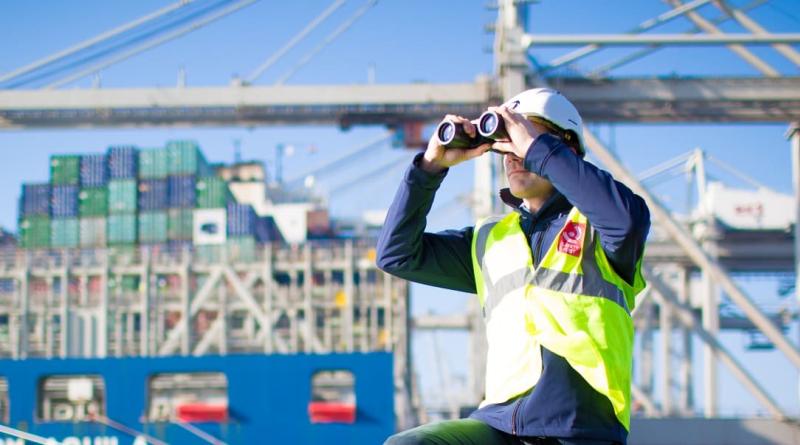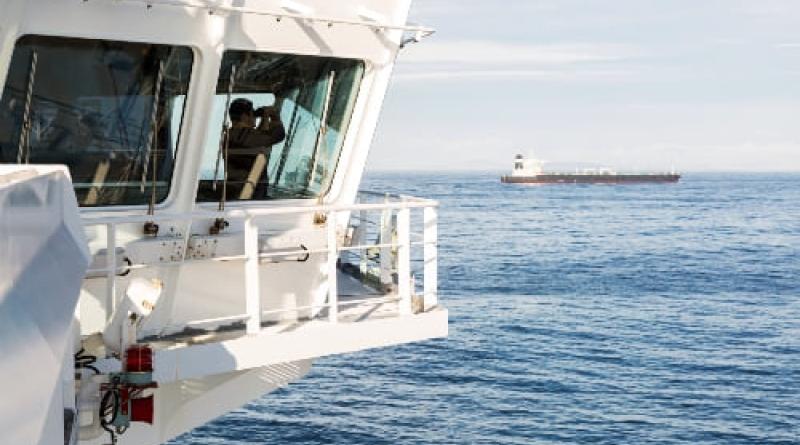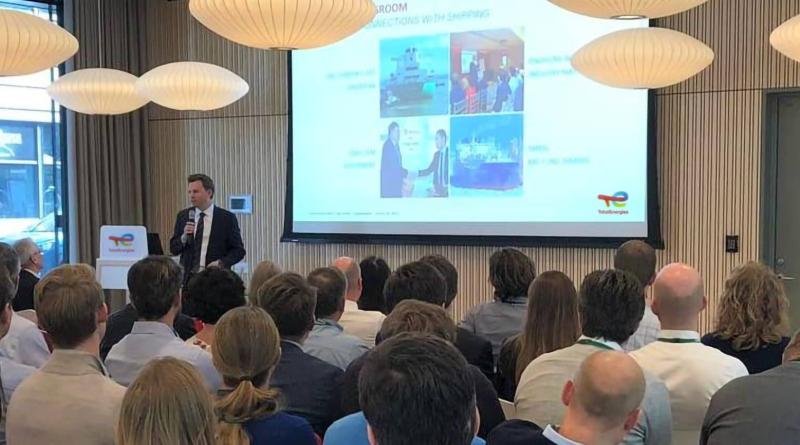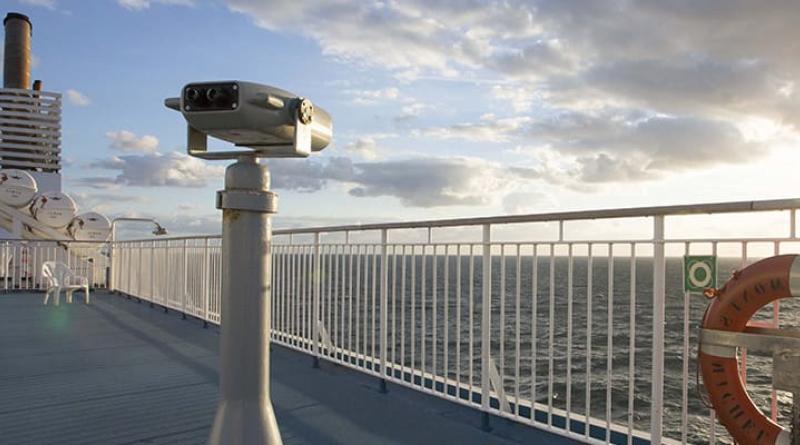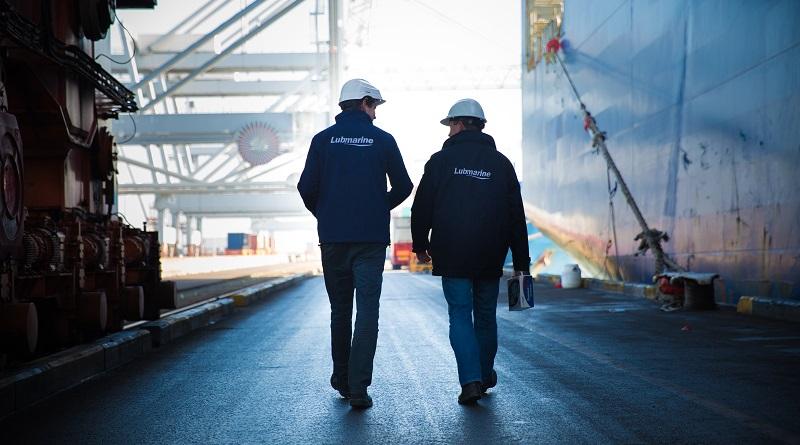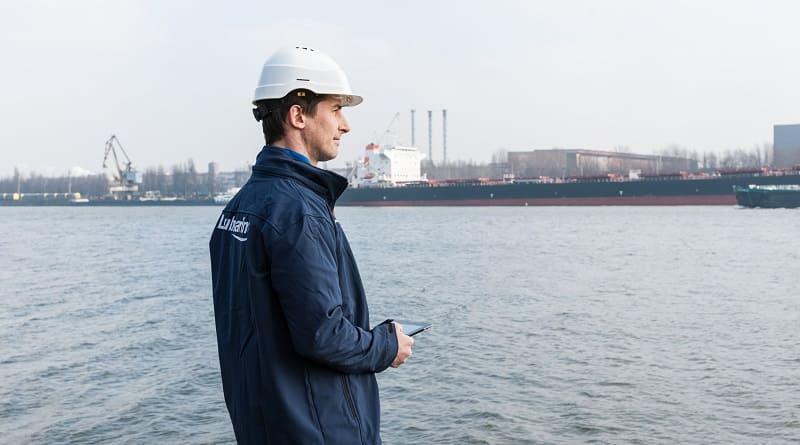
The report published in April reveals that Greenhouse Gas (GHG) reductions of up to 21 percent are achievable from LNG as a marine fuel, compared with current oil-based marine fuels over the entire lifecycle from Well-to-Wake (WtW).
The paper also confirms that emissions of other local pollutants, such as sulfur oxides (SOx), and particulate matter (PM), are close to zero when using LNG compared with current conventional oil-based marine fuels, while nitrogen oxides (NOx) are reduced by up to 95%.
Total has long been committed to LNG as a marine fuel. Speaking recently at the London leg of the Total Global Sulfur Cap Forum, Jerome Leprince Ringuet commented: “We have developed LNG ever since the IMO (International Maritime Organization) decided to enforce the Global Sulfur Cap. We believe LNG is the best option to comply with the upcoming 2020 regulation. Moreover, LNG is currently the only available and competitive solution that will help reduce GHG emissions as per the greenhouse gas reduction strategy by 2050 adopted by the IMO last year.”
The study, commissioned by SEA\LNG and the Society for Gas as a Marine Fuel (SGMF), was conducted by leading data and consultancy provider, thinkstep, according to ISO standards.
SGMF is a non-governmental organization (NGO) established to promote safety and industry best practice in the use of gas as a marine fuel. It has Consultative Status with the IMO and is the definitive information resource for the industry.
Speaking on the report’s findings, SEA\LNG Chairman, Peter Keller, stated: “The Life Cycle GHG Emission Study is a long-awaited piece of the “LNG as a marine fuel“ puzzle. It not only confirms what we already knew in terms of LNG’s immediate impact on air quality, human health and its cleanliness, but clearly highlights the genuine, substantiated GHG benefits of using today’s marine engines capable of burning natural gas. Moving from current Heavy Fuel Oil (HFO) to LNG does reduce GHG emissions. LNG does contribute to the International Maritime Organisation (IMO) GHG reduction targets. It is clear that LNG is the most environmentally-friendly marine fuel that is readily available and safe, both today and in the foreseeable future.”
Study partner Chad Verret, Society for Gas as a Marine Fuel (SGMF) Board Chairman, added: “LNG is safe to use, fully compliant and readily available as a marine transport fuel. Standards, Guidelines and Operational Protocols are all in place to ensure that the safe way is the only way when using gas as a marine fuel. LNG meets and exceeds all current and 2020 Marine fuel compliance requirements for content and emissions, local and GHG. With the world LNG Bunker Vessel fleet doubling in the next 18 months and those vessels being deployed at major bunkering hubs, LNG as a ship fuel is rapidly becoming readily available.”
The comprehensive report used the latest primary data to assess all major types of marine engines and global sources of supply with quality data provided by Original Equipment Manufacturers including Caterpillar MaK, Caterpillar Solar Turbines, GE, MAN Energy Solutions, Rolls Royce (MTU), Wärtsilä, and Winterthur Gas & Diesel, as well as from Total, ExxonMobil, and Shell from the supply side.
Download the full report here.

